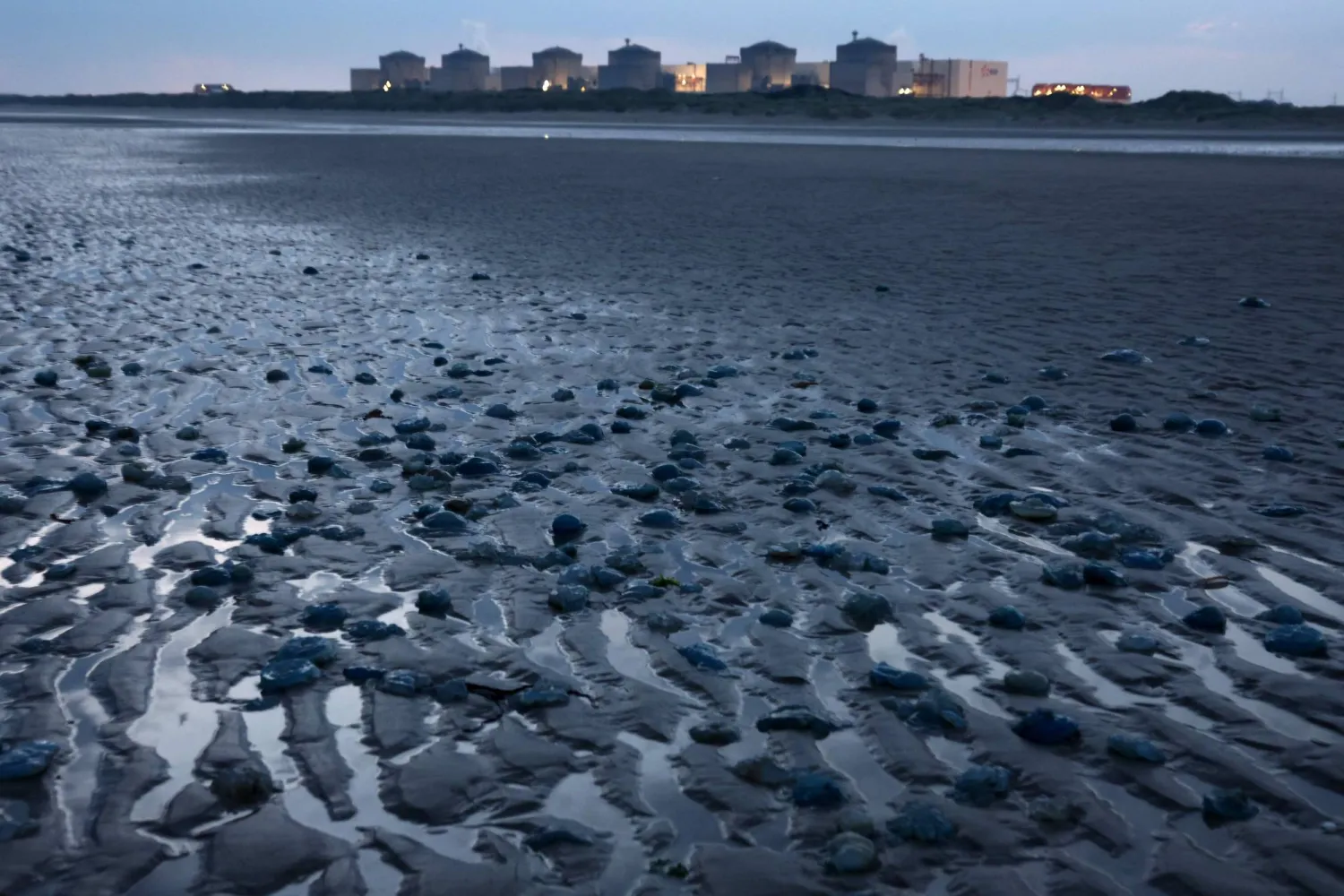The US Space Force unveiled its new dress uniform design Tuesday, aiming to make a future-forward mark for the Pentagon's newest uniformed service.
The prototype for the new uniform for the Space Force's Guardians, as they have been officially designated, is a short navy blue jacket with a large flap over the right breast, secured by a diagonal line of six silver buttons.
It has a standing collar, and the service badge, with a delta-shaped rocket pushing into a star, is worn below the left breast.
The jacket is matched with grey trousers or skirts.
"Modern, distinctive, professional" the Space Force called it in a tweet.
"Every winning team needs a uniform! We started with the female design and then created the male prototype," wrote Chief of Space Operations General Jay Raymond.
Launched officially in December 2019, the Space Force was organized to address challenges of fighting war in the exosphere, seen as a distinct theater from the air force.
Similar designs with diagonal buttons holding down breast flaps have been seen for centuries in European and American uniforms, and are donned with large amounts of braid by marching band drum majors today.
But the designers for the Space Force seemed aware of the sleeker uniforms seen in "Star Trek", "Battlestar Galactica" -- where uniforms also had the diagonal buttons -- and "Star Wars".
Indeed, the force's service badge and logo are difficult to distinguish from that of the Starfleet Command from Star Trek.







